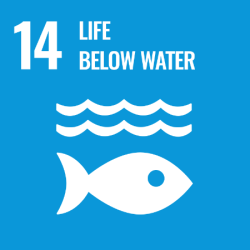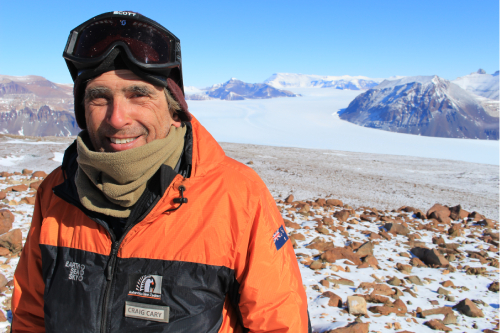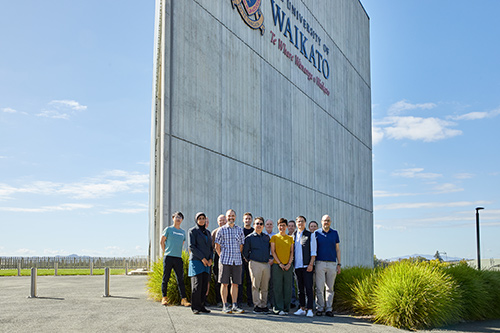The collaboration comes after a notable increase in the frequency of interactions between humans and Great White Sharks in the area over the last few years. With each new interaction, fear and anxiety has appeared to increase and there have been calls for something to be done to better understand the situation and manage the risks to humans entering the ocean.
Research into Great White Sharks in Bay of Plenty set to begin
A new project bringing together local iwi, marine ecologists, fisheries scientists and shark experts will research Great White Sharks in the Tauranga Harbour and wider Bay of Plenty.
01 Sep 2022
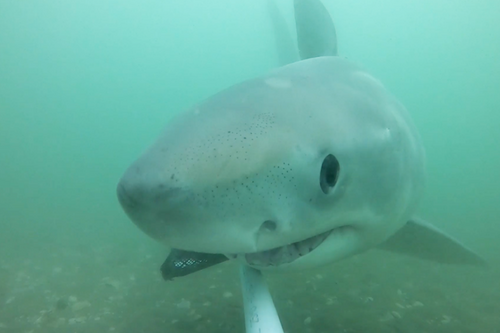
White Shark captured on baited underwater Video in Tauranga Harbour.
Project lead and University of Waikato marine ecologist Phil Ross says the research team is currently working with hāpu from the northern harbour, Te Whanau a Tauwhao and Ngati Te Wai, to refine plans for the summer’s research activities and to develop longer term goals for the research.
“We plan to have the research up and running before summer arrives so we can begin the process of learning about the size and make-up of the white shark population in the Bay, and gaining a better understanding of the behaviours and movements of individual sharks in the area.
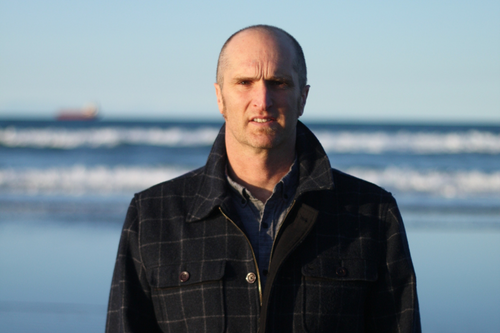
Phil Ross is heading a crack team of researchers looking at White Sharks in the Bay of Plenty
“We’re also working to create opportunities for the public and citizen scientists to be involved in this important work. We know there have been a lot of encounters between White Sharks and spearfishers, surfers and swimmers. We want to capture that information and use it to better understand these awesome creatures.”
The research aims to understand the observed changes in White Shark abundance and behaviour, and inform any future White Shark management in the Bay of Plenty.
Reon Tuanau, from Otawhiwhi marae says he is grateful to be part of a project that will combine science with Māori tikanga.
“We are very keen to learn more about the increased presence and activity of the Great White Shark in our moana. We have a long standing relationship with the team of experts that has been brought together to partner with our Hapū in gaining a greater understanding of the changes that are occurring in the moana.”
The project includes input from:
- Hapū (Te Whanau a Tauwhao and Ngati Te Wai) from the northern Tauranga Harbour (where most of the White Shark activity has been) represented by Reon Tuanau (Te Whānau a Tauwhao ki Otawhiwhi Marae Chairperson),
- Scientists/researchers from
- The University of Waikato (Phil Ross, Melissa Kellett, Chris Battershill)
- Manaaki Te Awanui (Caine Taiapa)
- Department of Conservation (Clinton Duffy)
- Conservation International (Mark Erdmann)
- NIWA (Darren Parsons)
- New Zealand's Great White Shark Research Project (Kina Scollay).
This research aligns with the following United Nations Sustainable Development Goals:
